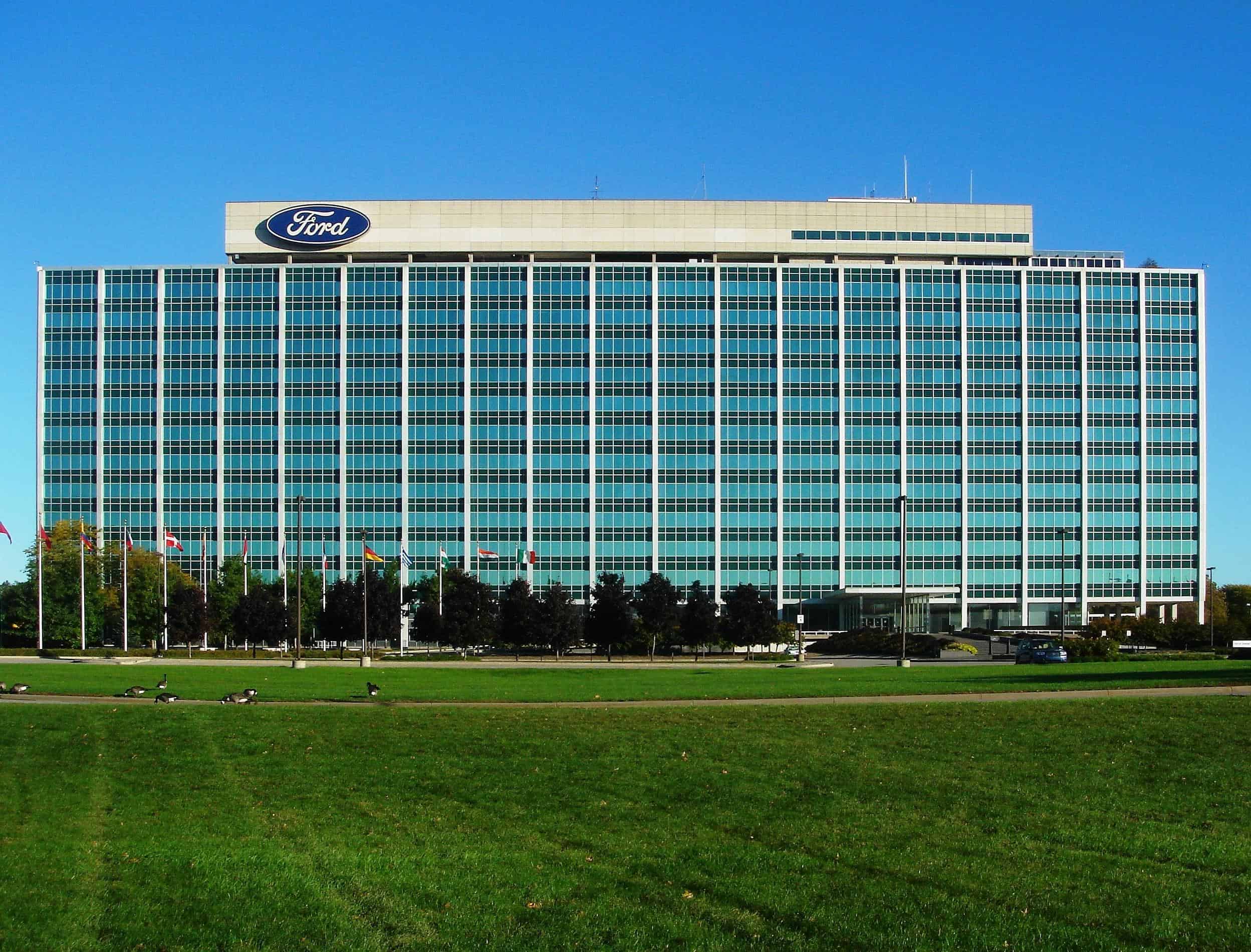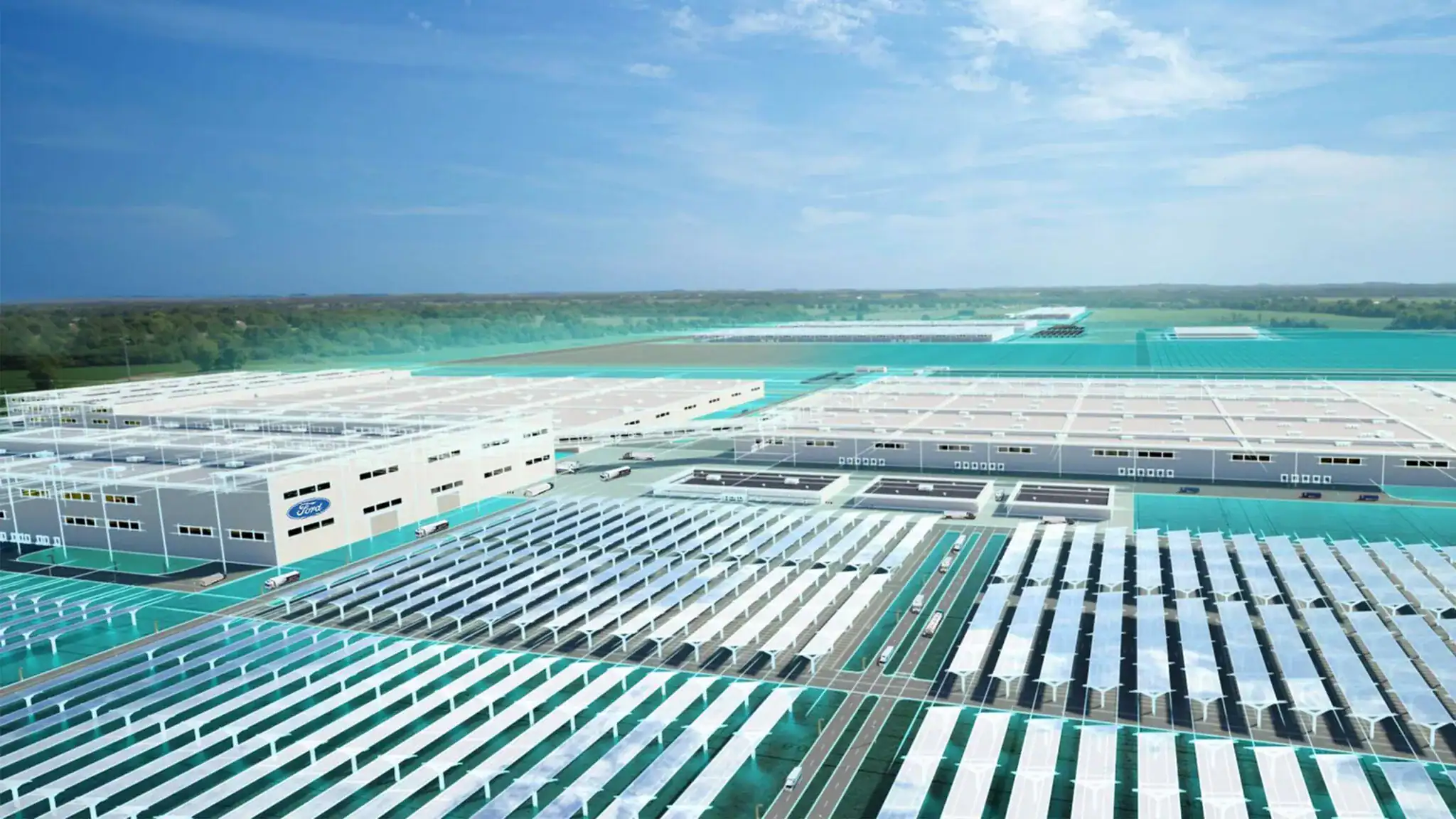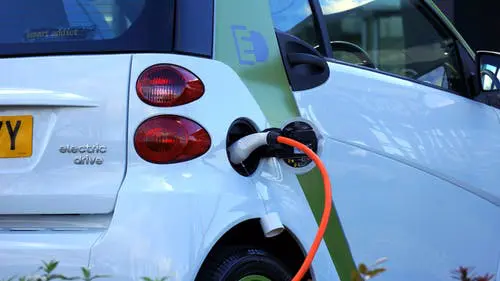Essentially, these large hydrogen cartridges look like oversized AA batteries, and they jack into your car (or other power-needing device) to provide power. When dried up, you can swap them out for a new cartridge to keep your stuff running.
My colleague James Frew, who did his dissertation on EV and battery designs, pointed out that the best way to think of these tanks is like a propane tank that powers your gas grill. When the propane runs dry, you get it filled or swap in a new tank.
The issue here is that almost no one is making hydrogen vehicles (yes, Toyota showed off a non-standard race car powered by hydrogen, but that’s not a consumer-focused option). On the other hand, an easier way to fill a hydrogen car (like Toyota’s concept cartridge) could incentivize other car makers to get on board and move us towards hydrogen vehicles in the future.
The key aspect of Toyota’s announcement is that the company reduced “the size and weight of hydrogen tanks, which were previously large and difficult to carry, to a size that can be carried by hand.” Based on the rendering of the cartridge in a car, they don’t look much larger than popular oversized Bluetooth speakers, which sounds like a big deal.
And it’s not just cars — Toyota also cited using these cells to power your home or providing hydrogen to burn for cooking. Toyota and the Rinnai Corporation partnered to show off a concept stove that does precisely that, and it looks pretty impressive.
We’re still far from using these cartridges in our cars and homes, but Toyota plans to work with companies to get these out there. “Toyota aims to find matches with the technologies and ideas of various companies and startups from a variety of perspectives, including both providing services and developing and selling devices using portable hydrogen cartridges. In doing so, Toyota will further strengthen its efforts to use portable hydrogen cartridges and help create a hydrogen society,” said the company in a press release.








